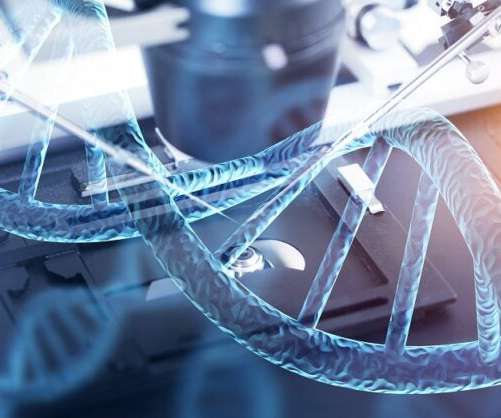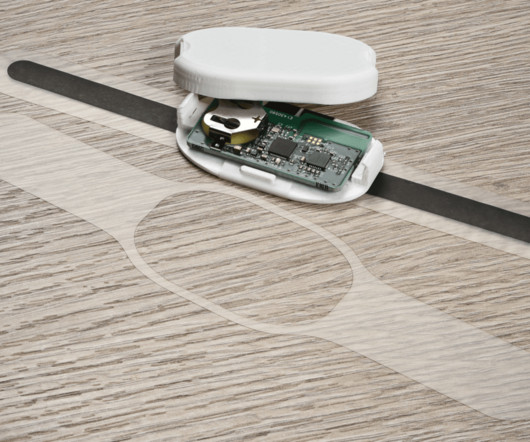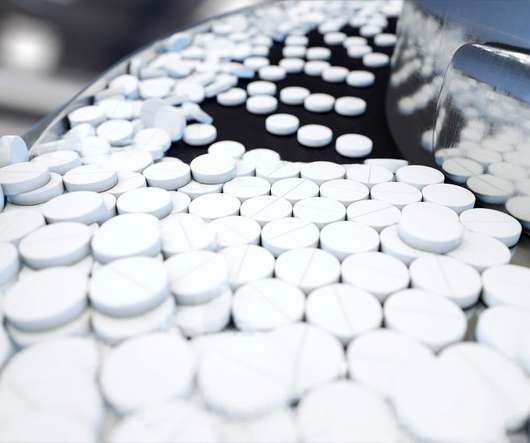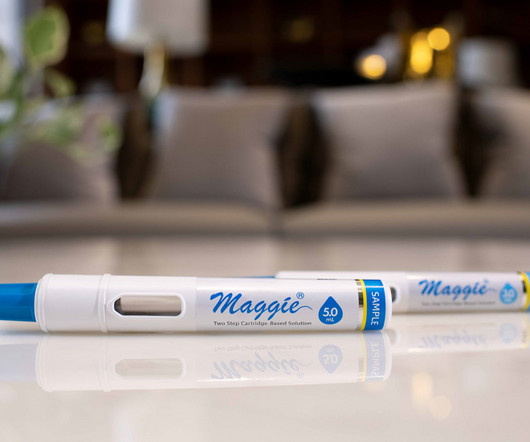Flexible grinding processes for sterile nanopharmaceutical manufacturing
Pharmaceutical Technology
OCTOBER 26, 2022
Nano-based delivery systems are on the rise, as they enable manufacturers to deliver therapeutic agents to specific targeted tissue in a more controlled manner. Data indicates that the global nanopharmaceutical drugs market size reached USD 53.85 Billion in 2021 and is expected to reach USD 102.4 Billion in 2030.













Let's personalize your content